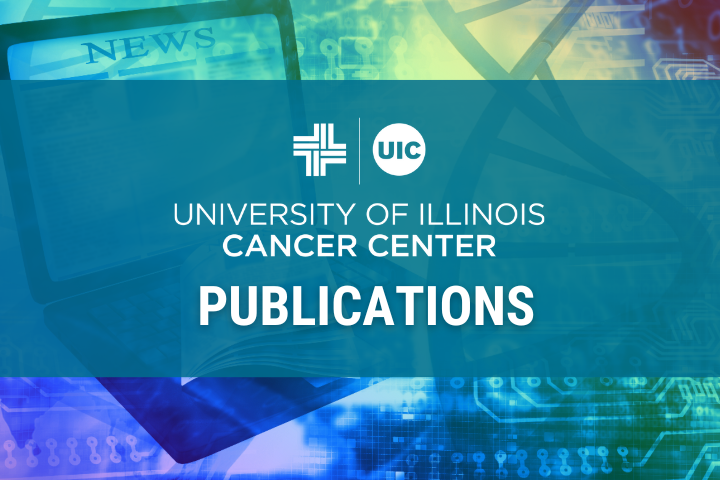
Decreased racial disparities and improved survival were associated with increased use of stereotactic body radiation therapy (SBRT) to treat early-stage non-small cell lung cancer (NSCLC), according to a recent study published in the journal Clinical Lung Cancer that included University of Illinois Cancer Center members among its authors.
Published in the journal’s January 1 issue, the study’s corresponding author is University of Illinois Chicago medical student Ashwin Ganesh and coauthors include Cancer Center members Matthew Koshy, MD, and Lawrence Feldman, MD, both part of the Translational Oncology research program, and associate member Mary Pasquinelli, DNP, APRN, FNP-BC, part of the Cancer Prevention and Control research program.
Researchers used the National Cancer Database to determine the proportion of patients with NSCLC who received surgery, SBRT or no definitive treatment from 2004-2017. Previous research has found racial disparities in the receipt of treatment for lung cancer and multiple factors are behind the reasons for this.
This study showed the percentage of patients managed with observation and surgery decreased, the percentage of patients receiving SBRT increased, and during that same time survival improved for early-stage NSCLC.
When patients were stratified by race, the growing use of SBRT corresponded to a higher likelihood of Black patients receiving curative therapy thus decreasing treatment-related disparities. SBRT also was distributed more equitably when compared with surgery, the authors reported.
